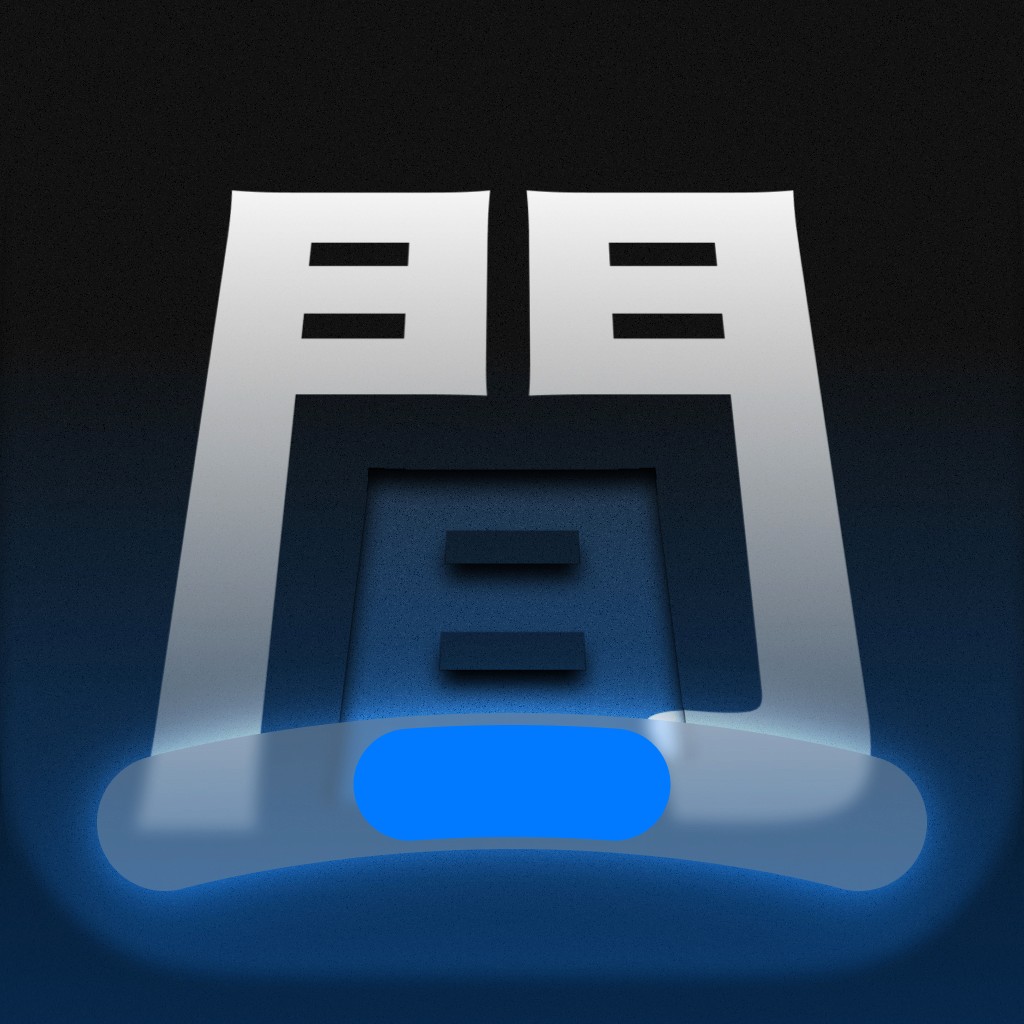May 26, 2025
-
Basics
If you’ve tried learning Japanese with Anki, you probably know the feeling. You download the app, excited to start building your vocabulary. Then you spend three hours trying to figure out which of the 47 different Core 2K decks to download, another hour adjusting mystifying settings like “starting ease factor” and “interval modifier,” and by the time you’re done setting up , you’re exhausted before you’ve learned a single word.
I built Kann because I was tired of fighting with my study tools instead of actually studying Japanese.
Why Anki Drives Japanese Learners Crazy
Don’t get me wrong, Anki is powerful. But power without simplicity often becomes a burden, especially for language learning. Here’s what frustrated me (and apparently thousands of other learners):
The Setup Nightmare: As one user put it perfectly in the Anki forums: “setting up the software takes time and a lot of confusion”. Multiple guides suggest you need to install add-ons, adjust complex settings, and spend hours configuring note types before you can even start learning.
Generic Vocabulary Hell: Most Japanese Anki decks throw random vocabulary at you. You’ll memorise “architecture” and “agriculture” before you learn how to say “excuse me” in different contexts. The Core 2K deck might be popular, but do you really need to know “agriculture” before “delicious”?
Too Many Choices: There are hundreds of Japanese Anki decks for learning, choosing the right one can be difficult and confusing. Browse AnkiWeb for five minutes and you’ll find seventeen different Hiragana decks, each claiming to be “the best.”
The Interface Confusion: Many beginners find Anki overwhelming due to its extensive customisation options and unfamiliar interface. When you’re trying to learn Japanese, the last thing you want is to become a software engineer first.
What Makes Kann Different
I didn’t build Kann to reinvent spaced repetition, that part works brilliantly. I built it to fix everything that makes Anki frustrating for Japanese learners.
Topic-Specific Learning That Actually Makes Sense
Instead of forcing you through generic vocabulary lists, Kann organises Japanese words by topics you actually care about:
Business: Learn Japanese workplace vocabulary if you’re planning to work in Japan
Anime: Master the vocabulary you hear in your favourite shows
Culinary: Perfect for food lovers exploring Japanese cuisine
Technology: Essential for developers and tech enthusiasts
Nightlife: Real conversational Japanese for social situations
Slangs: Modern Japanese expressions for authentic communication
Each dictionary contains around 100 carefully selected words, enough to make a real difference in that specific context, but not so many that you’ll burn out.
Frequency-Based Dictionaries That Work
Kann also includes frequency-based dictionaries covering the 1000, 2000, 3000, 4000, 5000, and 6000 most common Japanese words. But here’s the key difference: these are split into manageable 25-words chunks, not overwhelming mega-decks.
Start with the most common 1000 words and actually master them before moving on. It’s that simple.
Multiple Question Types for Real Understanding
Where Anki typically shows you one side of a flashcard, Kann tests your understanding from multiple angles:
“What’s the word for…?” (English → Japanese)
“How do you read…?” (Character → Reading)
“What does … mean?” (Japanese → English)
“What’s the onyomi/kunyomi of…?” (for kanji specifically)
When you encounter verbs, Kann automatically includes conjugation practice. No need to create separate conjugation decks or install add-ons — it just works.
No Stroke Order Practice (And That’s Better)
This might be controversial, but Kann deliberately avoids stroke order practice on phones/tablet. Why? Because practicing stroke order on a phone screen creates bad habits that don’t transfer to actual writing. If you want to learn to write kanji properly, use pen and paper. Your phone is for recognition and reading practice.
The Generous Free Experience
Here’s where Kann really differs from the typical app model. You get:
All kana (hiragana and katakana)
All kanji radicals
All JLPT kanji (N5-N1)
The 1000 most common Japanese words
The Design dictionary (I'm a designer and needed to practice that topic)
Approximately 8 months of daily learning material
The lives system is designed to be generous too. You start with 100 coins and earn 4 more per daily practice. Lives cost 2 coins to refill, and you can buy jokers for tough questions. Daily challenges give you bonus coins. The system is designed so committed learners can stay free indefinitely.
When Kann Makes More Sense Than Anki
You’re tired of configuration: If spending hours setting up your study app sounds like torture, Kann works immediately.
You want focused learning: Instead of memorising random vocabulary, learn words that matter for your specific interests or goals.
You value simplicity: Clean interface, clear progress tracking, no overwhelming options.
You want to actually use what you learn: Topic-specific vocabulary means you’ll encounter these words in real contexts.
The Bottom Line
Anki is powerful, but power isn’t always what you need. Sometimes you need a tool that gets out of your way and lets you focus on learning Japanese instead of learning how to use the tool.
Kann isn’t trying to be everything for everyone. It’s designed specifically for Japanese learners who want effective spaced repetition on topic they actually care about without the complexity and hunt for the perfect deck.
The best study tool is the one you’ll actually use consistently. And consistency is a lot easier when the learning material is the one you chose and your app works with you instead of against you.
—-
Kann is available on both iOS and Android. Try the generous free tier, unlock additional topic dictionaries later. Named after the kanji 間 (kan) from 時間, because learning Japanese should be about time well spent, not time wasted on useless topics.

